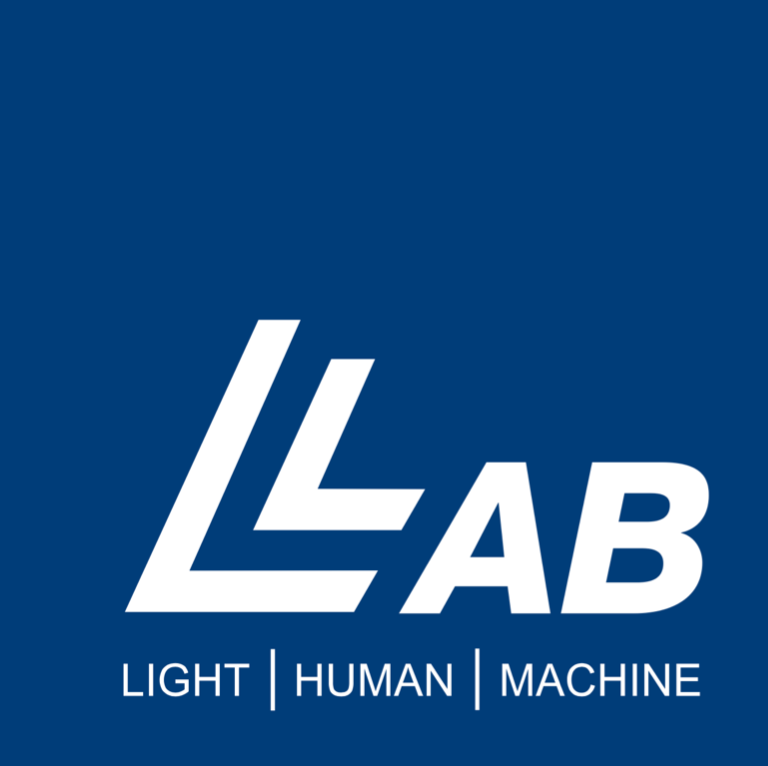Status:
Attic - work on this topic has concluded
(get in touch to discuss a follow-up topic or similar topics)
The Impact of Channel Impairments on Vehicular Visible Light Communication
PA: Research Project (INF-PM-FPA / INF-PM-FPG) or
BA: Bachelor Thesis (or Studienarbeit / Großer Beleg) or
MA: Master's Thesis (or Diploma Thesis / Diplomarbeit)

Vehicular Visible Light Communication (V-VLC) is commonly viewed as a salient technology for wirelessly interconnecting road vehicles like cars or trucks. It promises to support futuristic applications like truck platooning (where trucks are following one another at distances far below the regular safety margin of purely autonomous vehicles) with a channel that offers both ultra high capacity and ultra low latency. In this, V-VLC might present a viable complementary technology to current approaches (each of which has its own benefits and drawbacks): both medium range free radio (WLAN, DSRC based) and mobile broadband communication (C-V2X).
For all its benefits, however, V-VLC also has obvious limitations in that the channel is impaired by interference from both other light sources (other cars, street lights, sunshine) and environmental effects (rain, fog/smog, dust). Early publications that investigate V-VLC in realistic driving conditions [1] point to these effects, but little work has been undertaken to study them in both a structured and (at the same time) realistic way.
Goals of the thesis
Exactly such experiments will be both designed and conducted in the scope of this thesis to investigate the impact of channel impairments on V-VLC. For this, the thesis will be conducted in collaboration with the L-LAB, a research institute for automotive lighting and mechatronics and public private partnership of University of Paderborn, Hamm-Lippstadt University of Applied Science, and HELLA GmbH & Co. KGaA.

Keywords
Automotive Lighting Technology, Software Defined Radio (SDR), Statistics
[1] A.-L. Chen, H.-P. Wu, Y.-L. Wei, and H.-M. Tsai, “Time variation in vehicle-to-vehicle visible light communication channels,” in 8th IEEE Vehicular Networking Conference (VNC 2016), Columbus, Ohio, Dec. 2016. DOI: 10.1109/VNC.2016.7835926.